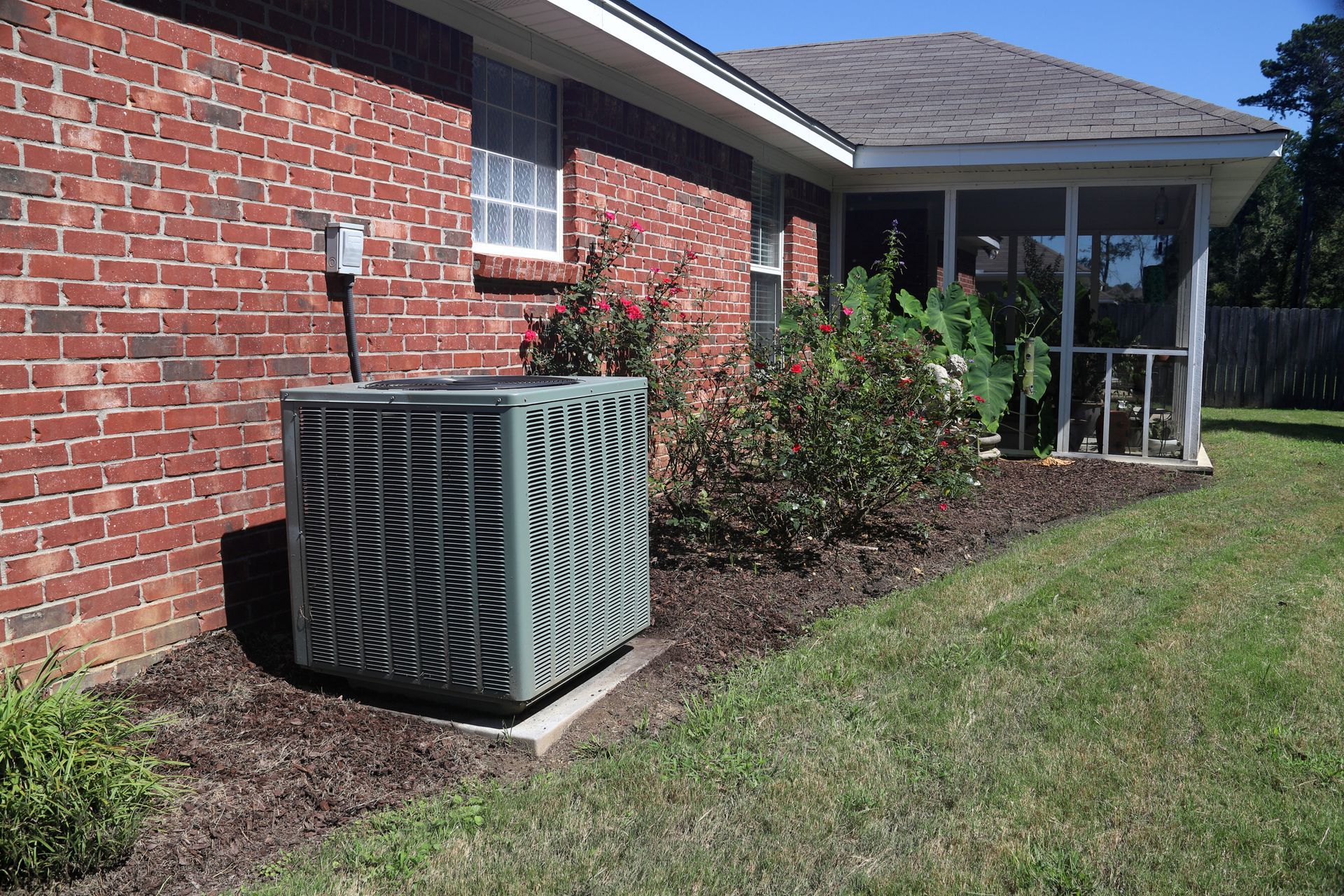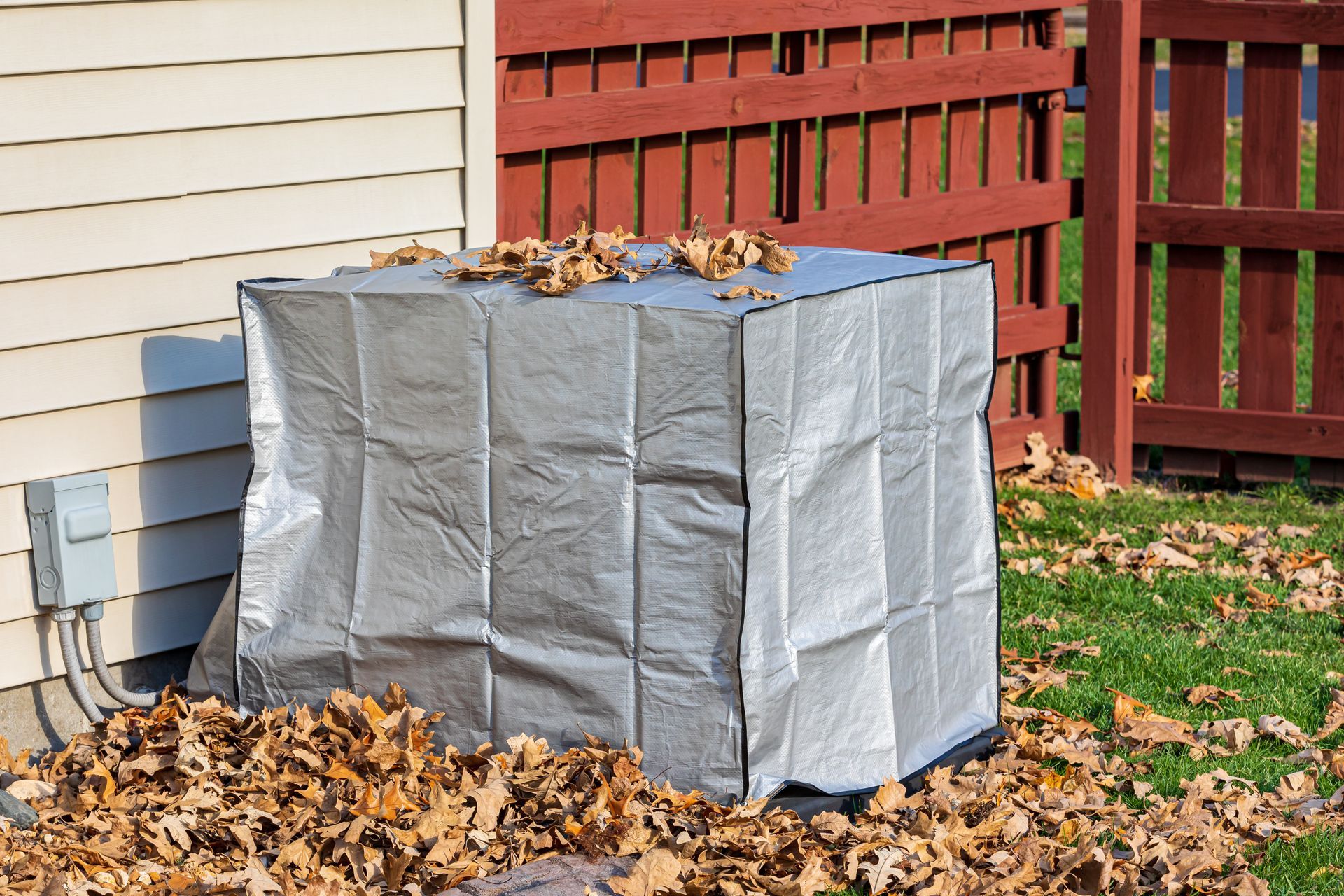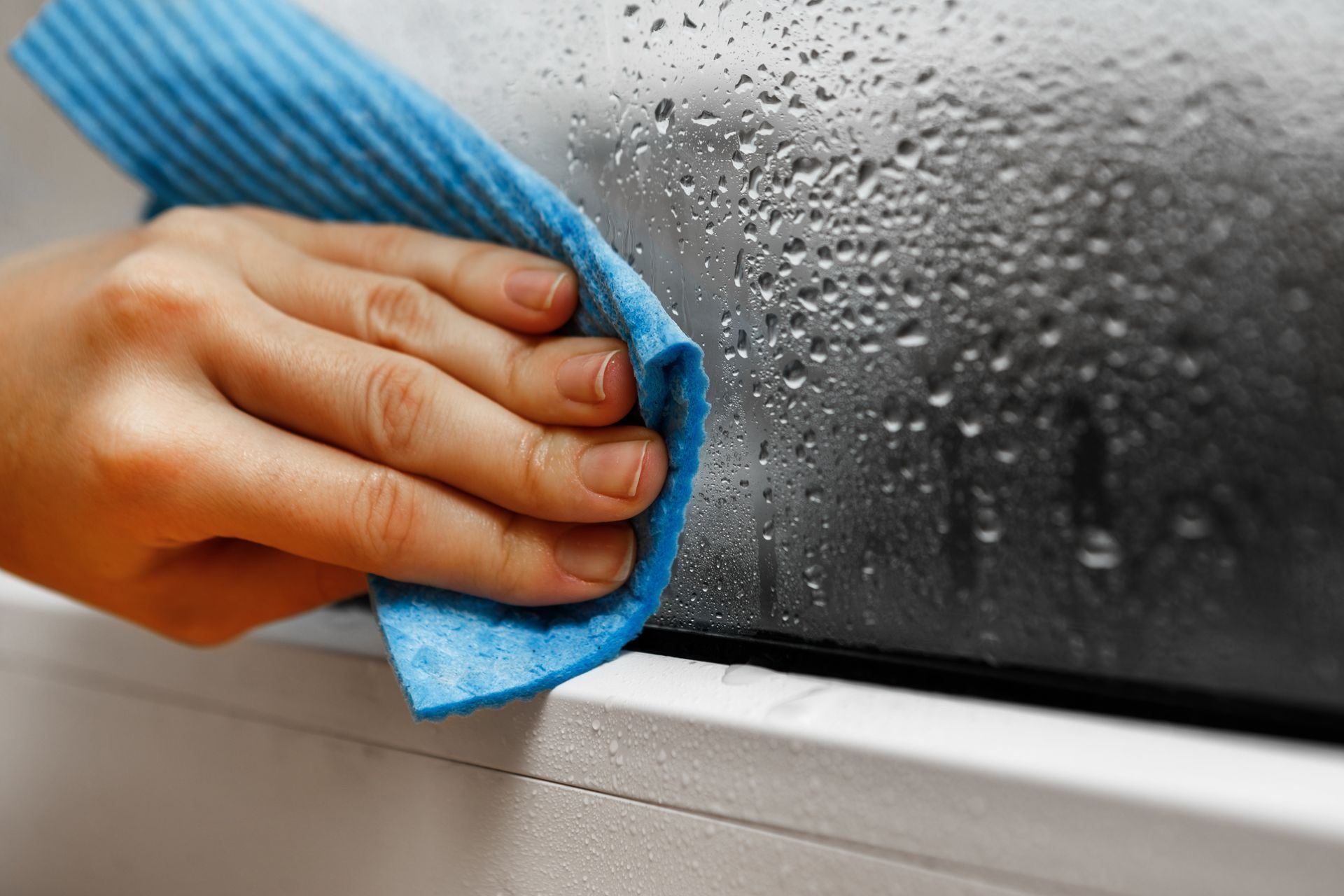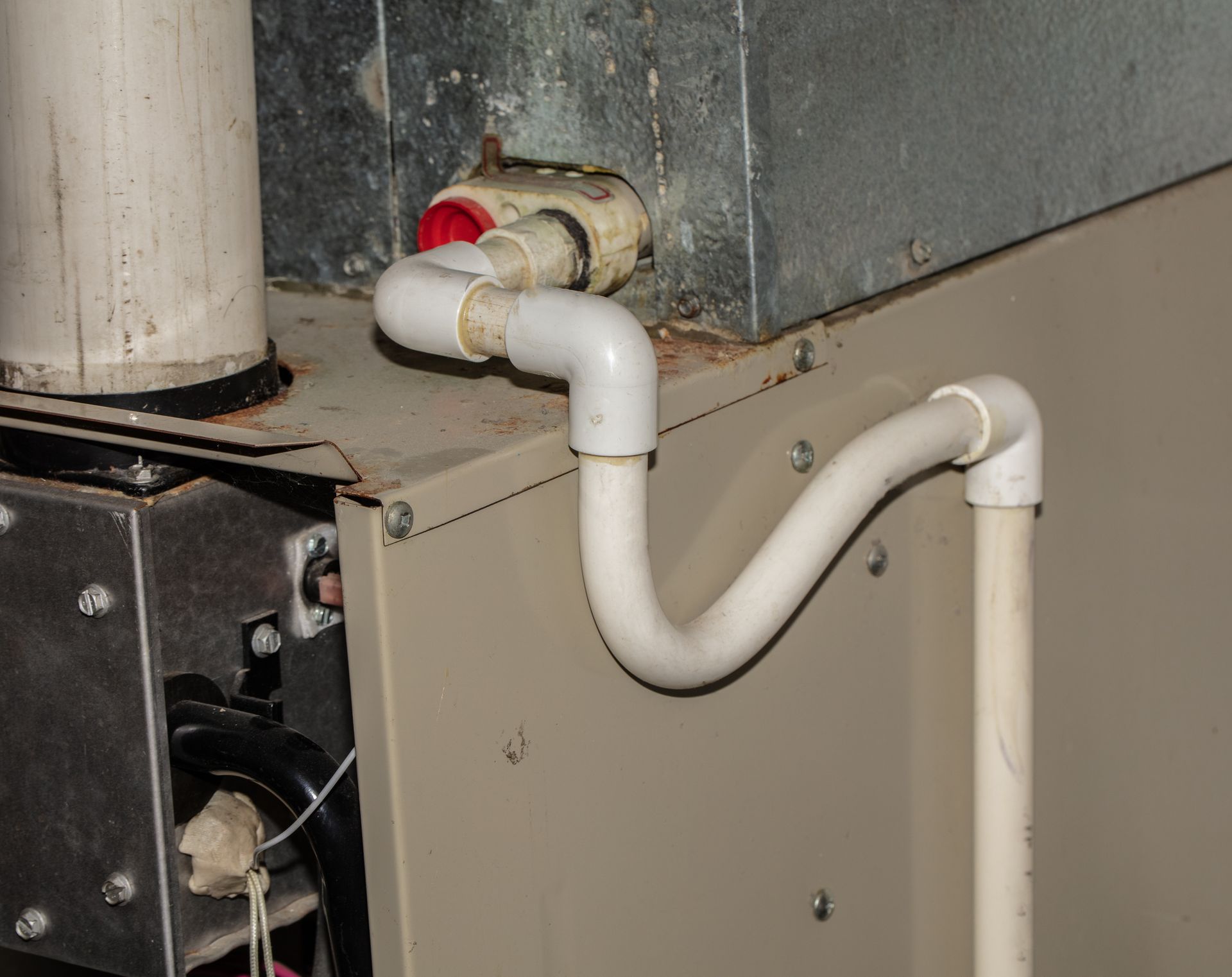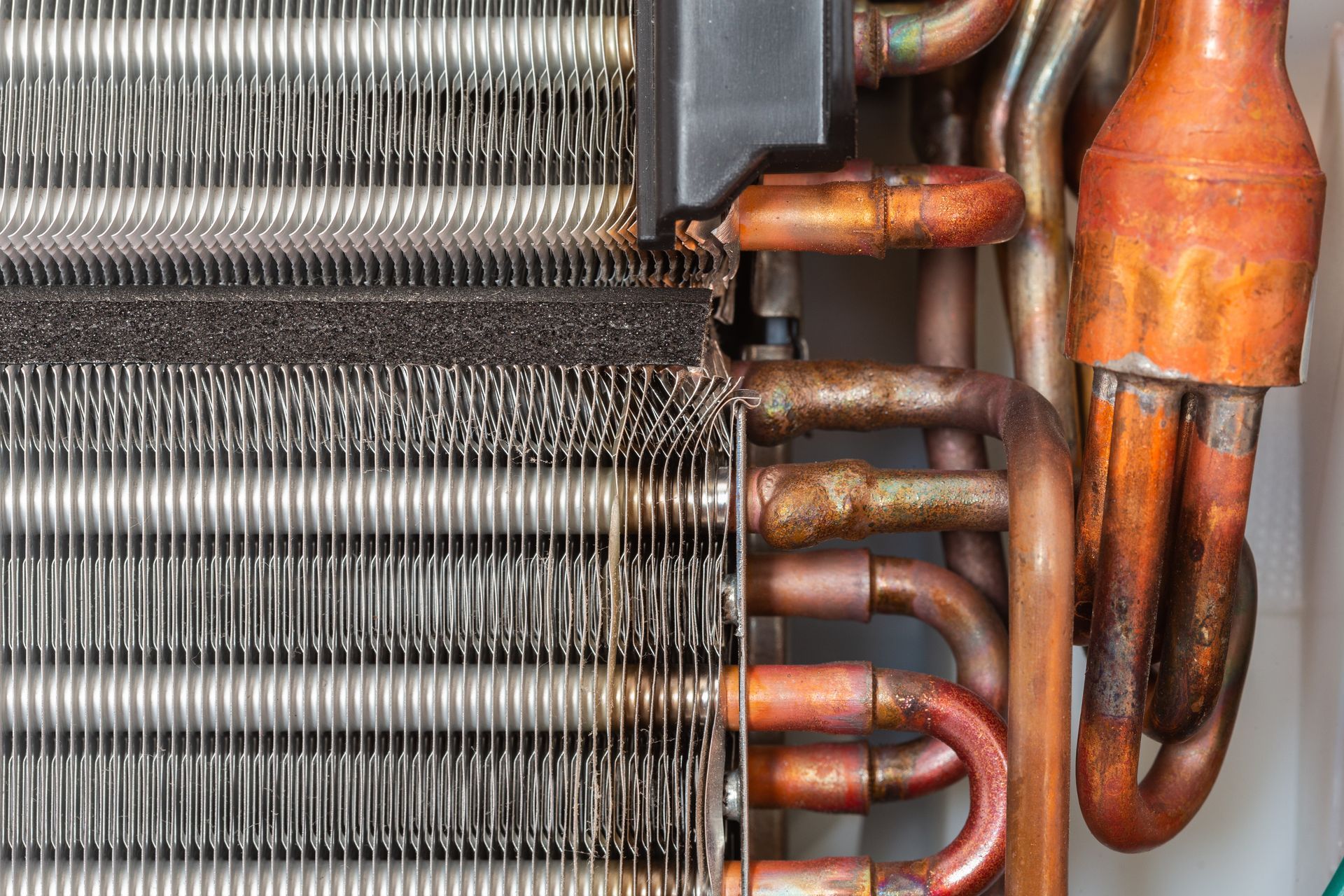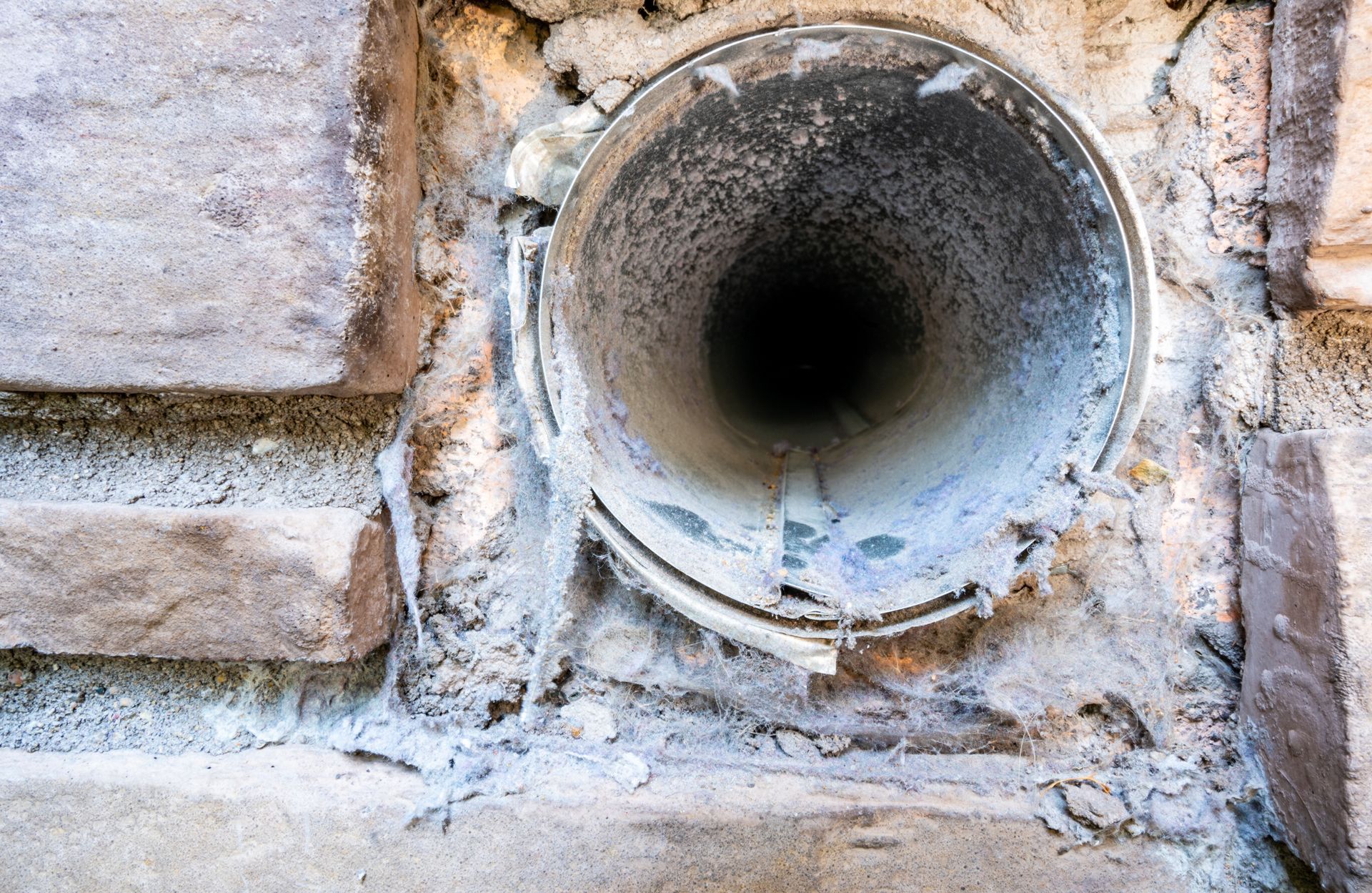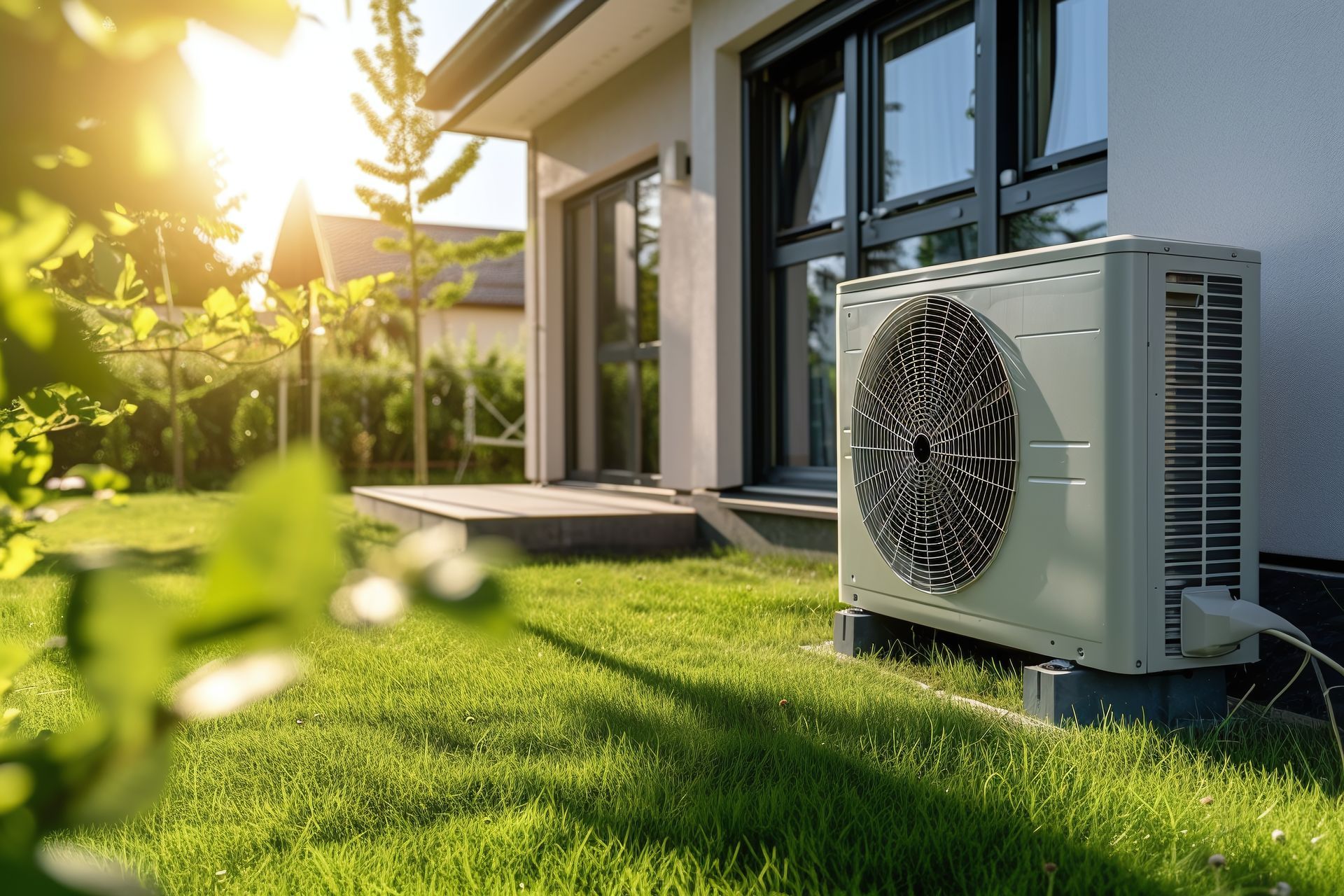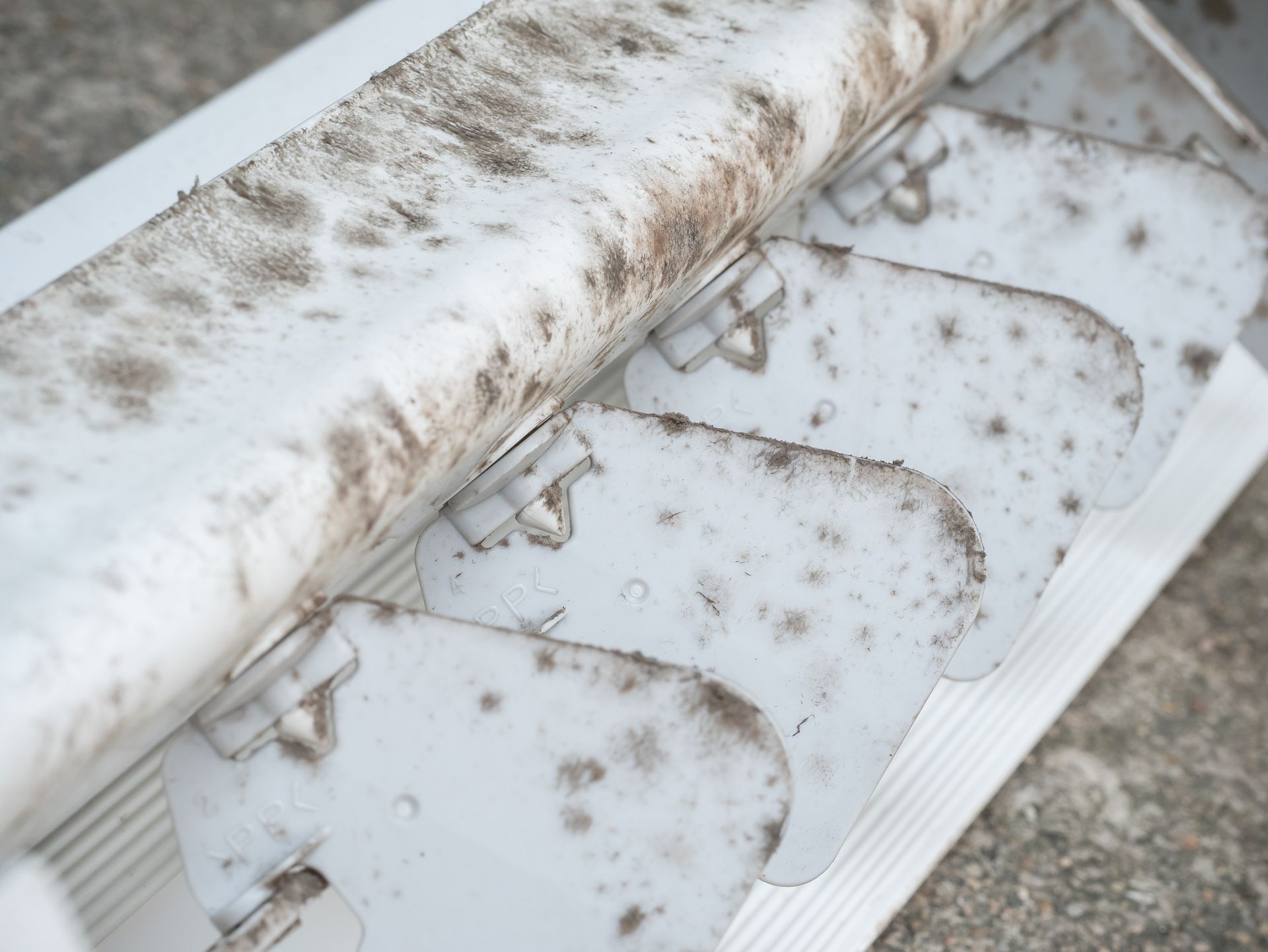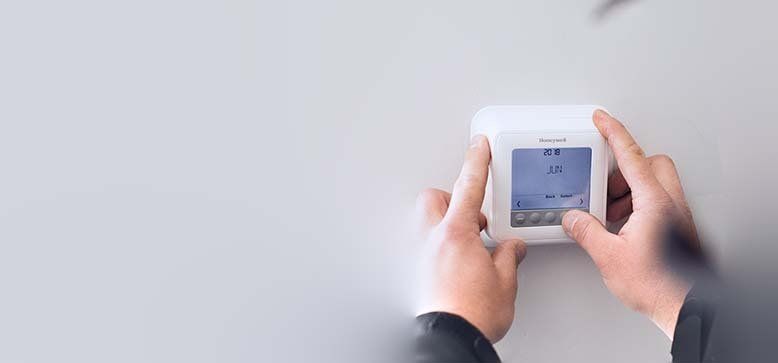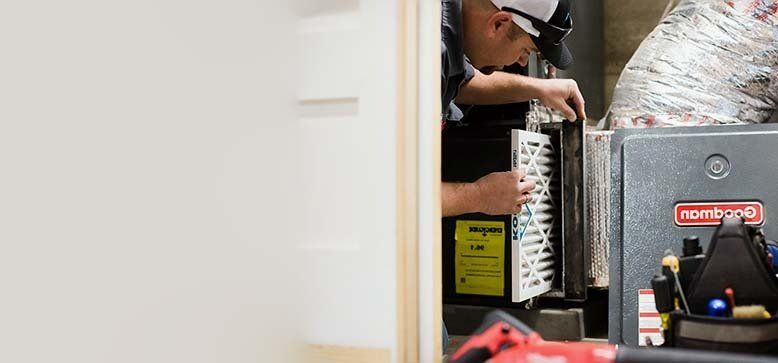Why is My House So Dusty?

Dust is typically an accumulation of dead skin cells, pet dander, dirt, and clothing fiber, among other things. No matter how often you clean, dust is a common household problem we deal with, and excessive dust is unsightly and can cause allergies, asthma attacks, and other health issues. However, the amount of dust that accumulates in your home depends on various factors including the season, how many people live in your home, the types of pets you have, and how often you clean or vacuum. Keep reading to learn more about why your house gets dusty and what you can do to reduce that unpleasant film around your home.
What is Dust and Where Does it Come From?
Household dust is a buildup of fine particulates that include dust mite droppings, dead skin cells, pet dander, mold spores, bacteria, and tiny insect parts. In addition to these indoor sources, outside dust is a substantial contributor that finds its way into homes through unsealed windows and doors, and by hitching a ride in on shoes, clothing, and pet paws. This outside dust can include harmful substances like pollution, trace metals, microplastics, and other harsh chemicals. A study by Paloma Beamer from the University of Arizona found that roughly 60% of household dust originates from outside. This mixture of indoor and outdoor particles settles on surfaces and contributes to the ongoing battle against dust in our homes. Understanding what dust is made of and where it comes from is the first step in managing and reducing its presence in your living space.
Pollution
Living in areas with high pollution like cities with heavy traffic and industrial activities significantly contributes to dust levels in homes. Pollution from car exhaust, factory emissions, and other sources increases the amount of particulate matter in the air which eventually settles as dust inside homes. For residents near busy streets or freeways, this type of pollution-derived dust is particularly prevalent. To mitigate this, it's essential to minimize outdoor air exposure by keeping windows closed when pollution levels are high and ensuring that your HVAC system is functioning correctly. Monitoring your city's air quality index can help you decide the best times to ventilate your home safely.
Pollen
Pollen is a common allergen that can significantly contribute to the dust in your home, especially during peak blooming seasons. The yellow haze of pollen seen outdoors can easily infiltrate your living space if windows are left open. To reduce the amount of pollen turning into indoor dust, it’s advisable to keep windows closed during high pollen periods. For those who still wish to enjoy fresh air, air purifiers and air-purifying indoor plants like spider plants and peace lilies can also help filter out airborne pollen.
Pet Dander
Pet dander is a significant contributor to household dust in homes with dogs and cats. Dander is made up of animal skin cells and it is a common allergen. Regular grooming of your pets and frequent brushing can help minimize shedding and reduce the amount of loose fur and dander circulating in your home. It's also beneficial to identify the areas where your pets spend most of their time and use washable furniture covers in these zones. These covers act as a barrier that captures loose pet hair and dander which makes it easier to clean and maintain a dust-free environment.
Dirt and Soil
Dirt and soil from the outside world often find their way into your home on shoes, pets, and clothing. In dry states, this dust typically consists of organic rock materials like sand and dirt, which tend to accumulate around entryways and open windows. To mitigate this, it's important to seal any gaps or cracks in doors and windows to prevent dust from blowing in. Placing doormats at entry points can also help capture dirt before it spreads throughout the house. Lastly, implementing a "no shoes" policy indoors can further reduce the amount of dirt and soil tracked inside. If possible, set up a mudroom or changing station near your main entryway can encourage household members and guests to switch to indoor footwear upon entering which can keep your home cleaner and less dusty.
Fabrics
Fabrics in your home like carpets, curtains, drapes, towels, bedding, clothing, and wall coverings not only attract dust but also contribute to it. These materials shed fibers that accumulate and add to the overall dust levels in your living space. Additionally, the dryer in your laundry room is a significant source of dust, as it releases fabric fibers into the air. To minimize this, regularly clean the dryer's lint filter and be mindful of the fabrics in your home that can contribute to dust accumulation.
Insect Skins and Droppings
Insect skins and droppings from pests like cockroaches are common components of household dust. These particles can significantly aggravate allergic reactions, especially for those sensitive to cockroach allergens. Cockroaches are not selective about the homes they infest, meaning they can invade even the cleanest houses. They can enter from the outside environment, migrate from neighboring properties, or be brought in through plumbing systems. Regular pest control and maintaining a clean home environment can help reduce the presence of insect debris in your household dust.
Skin Flakes
An average person sheds about 1.5 grams of skin flakes every day which contributes significantly to household dust. This shedding provides enough sustenance for millions of dust mites which also contributes to dust that accumulates around the house.
Dust Mites
Dust mites are microscopic pests that naturally thrive in humid environments and can cause issues for people with allergies or asthma. These tiny bugs accumulate in areas where skin cells are shed like bedding, pillows, mattresses, and upholstery because they feed on skin flakes. Since dust comprises pet dander and dead skin, the more dust you have, the more likely you are to have dust mites.
What Are Common Sources of Dust?
Even with frequent cleaning, dust persistently reappears due to various reasons. Being able to address some of these reasons for dust buildup can help mitigate the prevalence of dust in your home.
High Humidity
High humidity levels can significantly contribute to dust accumulation in your home. Humidity creates an ideal environment for dust mites and mold colonies, both of which thrive in moist conditions. Additionally, high humidity causes dust particles to stick together which makes them more challenging to remove through regular cleaning. To control humidity levels and reduce dust, using dehumidifiers or air conditioners can help maintain an ideal indoor humidity level between 40% and 60%. Opting for air conditioning rather than opening windows can also prevent the influx of pollen and outdoor dust which can further minimize dust buildup in your home.
Dirty HVAC Systems
Dirty HVAC systems are a significant contributor to dust accumulation in homes. These systems should act as the first line of defense against indoor dust by sucking up particles through vents and removing them via air filters. However, when HVAC systems have degraded filters or leaking ductwork, they can leave your house dustier than usual. A poorly maintained system not only fails to filter out dust but can also circulate existing dust throughout your home. To ensure your HVAC system is effectively reducing dust, replace air filters every three months or as frequently as the manufacturer recommends. Additionally, professional duct cleaning every three to five years can help maintain clean ducts and vents.
Poor Airflow
Poor airflow is a common cause of dust buildup in homes. When air circulation is inadequate, dust and dust mites tend to settle and accumulate in various areas. This issue is often exacerbated by infrequent cleaning that allows dust to linger and increase over time. To combat this, ensure your HVAC system is functioning correctly to promote proper airflow. Additionally, using ceiling fans to help keep the air moving can prevent dust from settling and make it easier to keep your home clean and dust-free.
Vacuum Cleaning
While vacuuming is a common method for removing dust, some vacuum cleaners can actually release dust and contaminants back into the air which can make your home feel dustier after cleaning. To effectively reduce dust without reintroducing it, consider using vacuums equipped with high-efficiency particulate air (HEPA) filtration systems which trap even the smallest dust particles. Alternatively, wet vacuums can also be highly effective, as they trap dust in a water container, preventing the dust from becoming airborne.
Soiled Upholstery and Linens
Soiled upholstery is a significant source of dust in your home, as it can harbor dust mites, pet dander, and other allergens. Investing in allergy covers can prevent new dust mites from settling and reduce dust accumulation. Curtains are another common culprit so opting for non-textile window treatments like shutters or blinds can help. Otherwise, you can frequently clean your curtains by dry cleaning or using machine-washable options.
Dirty Rugs and Carpeting
Dirty rugs and carpeting are major contributors to household dust, as their fibers trap debris, allergens, and dust particles. While completely eliminating carpeting might not be feasible, maintaining clean carpets and area rugs is crucial. Regular vacuuming with a vacuum equipped with a HEPA filter can significantly reduce dust buildup. Additionally, deep cleaning carpets periodically, either through professional services or using a carpet cleaner, can help remove embedded dirt and allergens for a less dusty home environment.
Dirty Pets
Cats, dogs, and other household pets introduce dust in your home. They shed hair, dander, and bring in dirt from outside. To reduce dust levels, consider keeping pets out of areas like bedrooms and living rooms. Regularly bathing and grooming your pets can also help minimize the amount of loose hair and dander they shed. Sending them to a professional groomer more frequently can further reduce the dust they contribute to your home to help maintain a cleaner and healthier indoor environment.
External Factors
External factors such as living near a busy street with heavy traffic, a factory, or a mine can significantly increase the amount of dust in your home. Open doors and windows provide easy entry points for dust to creep indoors. To mitigate this, sealing windows, doors, and any other cracks or crevices can help reduce dust infiltration.
What Happens When You Breathe in Dust Particles?
Breathing in dust particles can significantly impact your health. The type and size of dust particles determine their toxicity and which part of the respiratory tract they irritate. Larger dust particles are typically trapped in your nose and mouth and are easily expelled. However, finer dust particles pose a greater risk as they can penetrate deeper into your lungs, and ultrafine particles can even be absorbed directly into your bloodstream. The amount of dust in the air and the duration of exposure also plays crucial roles in health effects. Small amounts of dust can trigger allergic reactions in individuals with dust allergies, while even those without specific dust allergies can react to various particles within the dust like pet dander, cockroach debris, and pollen.
Symptoms of an allergic reaction to dust include sneezing, runny nose, nasal congestion, cough, watery eyes, and an itchy throat. For individuals with asthma triggered by dust allergies, symptoms can be more severe and include difficulty breathing, chest tightness, and wheezing. Regardless of whether you have an allergy, prolonged exposure to large amounts of dust can be harmful to your health. Minimizing dust exposure is crucial for maintaining good respiratory health and overall well-being.
What Can You Do to Reduce Dust in Your Home?
Reducing dust in your home is essential for maintaining a clean and healthy environment. Here are several effective strategies to help minimize dust accumulation:
Cleaning Up the House
Regular cleaning is key to keeping dust under control. Dust surfaces weekly using a damp cloth or microfiber rag to capture and remove dust particles. Vacuum high-traffic areas daily and less-trafficked areas at least once a week using a vacuum with a HEPA filter to trap allergens and dust particles.
No Shoes in the House
Implementing a "no shoes" policy can significantly reduce the amount of dirt and dust brought into your home. Place doormats at entry points to catch debris before it spreads indoors and consider setting up a mudroom or changing station near your entryway for household members and guests to switch to indoor footwear.
Change HVAC Filters
Regularly changing the filters in your HVAC system is crucial for reducing dust. Replace filters every one to three months, or as recommended by the manufacturer, to ensure your system is effectively trapping dust and improving indoor air quality.
Purchase an Air Purifier
Air purifiers with HEPA filters can help reduce the amount of dust in the air by trapping particles and preventing them from settling on surfaces. This can create a cleaner, healthier environment and may also help alleviate allergy and asthma symptoms.
Set up a Humidifier
Maintaining the right humidity level in your home can help control dust. Low humidity can cause dust to spread more easily, while too much moisture can exacerbate dust mite issues. Aim to keep your home's humidity between 40% and 50% using a humidifier.
Change Your Bedding
Dust mites, pet dander, and dead skin cells often accumulate in bedding. Wash your sheets, pillowcases, and comforters weekly in hot water to effectively eliminate these pollutants and reduce dust in your bedroom.
Clean Upholstery and Curtains
Upholstered furniture and curtains can harbor dust and allergens. Vacuum these items regularly using an upholstery brush attachment and consider washing or dry-cleaning curtains frequently. Use washable furniture covers in areas where pets spend most of their time to capture loose pet hair and dander.
Clean Your Pet
Pets are a significant source of dust that sheds fur and skin cells. Regularly bathing and grooming your pets can help reduce the amount of dust they contribute to your home. Consult with your vet to determine the best grooming routine and frequency for your pets.
Contact GS Home Services if You Are Dealing with a Dusty Home
Reducing dust in your home can significantly enhance your indoor air quality and overall well-being. While regular cleaning and maintenance are crucial, installing an air filtration system can provide an added layer of protection against dust and allergens. If you're looking to create a cleaner, healthier environment for you and your family, consider contacting GS Home Services. Our team of experts can help you choose and install the right air filtration system tailored to your needs and ensure your home remains dust-free and comfortable. Reach out to GS Home Services today and take the first step towards a cleaner, healthier home.
Dusty Home FAQs
How do I stop my house from being so dusty?
To stop your house from being so dusty, establish a regular cleaning routine that includes dusting surfaces with a damp cloth, vacuuming frequently with a HEPA filter, and washing bedding weekly. Additionally, use air purifiers, change HVAC filters regularly, and implement a "no shoes" policy to minimize the amount of dust brought into your home.
Why is my house so dusty when I clean all the time?
Even if you clean regularly, your house can still be dusty due to various factors like outdoor pollution, pet dander, and inadequate air filtration. Ensure you use a vacuum with a HEPA filter, change HVAC filters regularly, and seal windows and doors to minimize dust entry from outside.
How do I get rid of dust in my house air?
To get rid of dust in your house air, use an air purifier with a HEPA filter to capture airborne dust particles. Additionally, ensure your HVAC system is well-maintained with clean filters and keep windows and doors sealed to prevent outside dust from entering. Regular cleaning and dusting will also help reduce airborne dust.
Where does dust come from in a closed house?
Dust in a closed house comes from various sources including dead skin cells, pet dander, fabric fibers, and particles brought in on clothing and shoes. Additionally, dust can infiltrate through small gaps and cracks in windows and doors, and it can also be circulated by HVAC systems if filters are not regularly changed.

